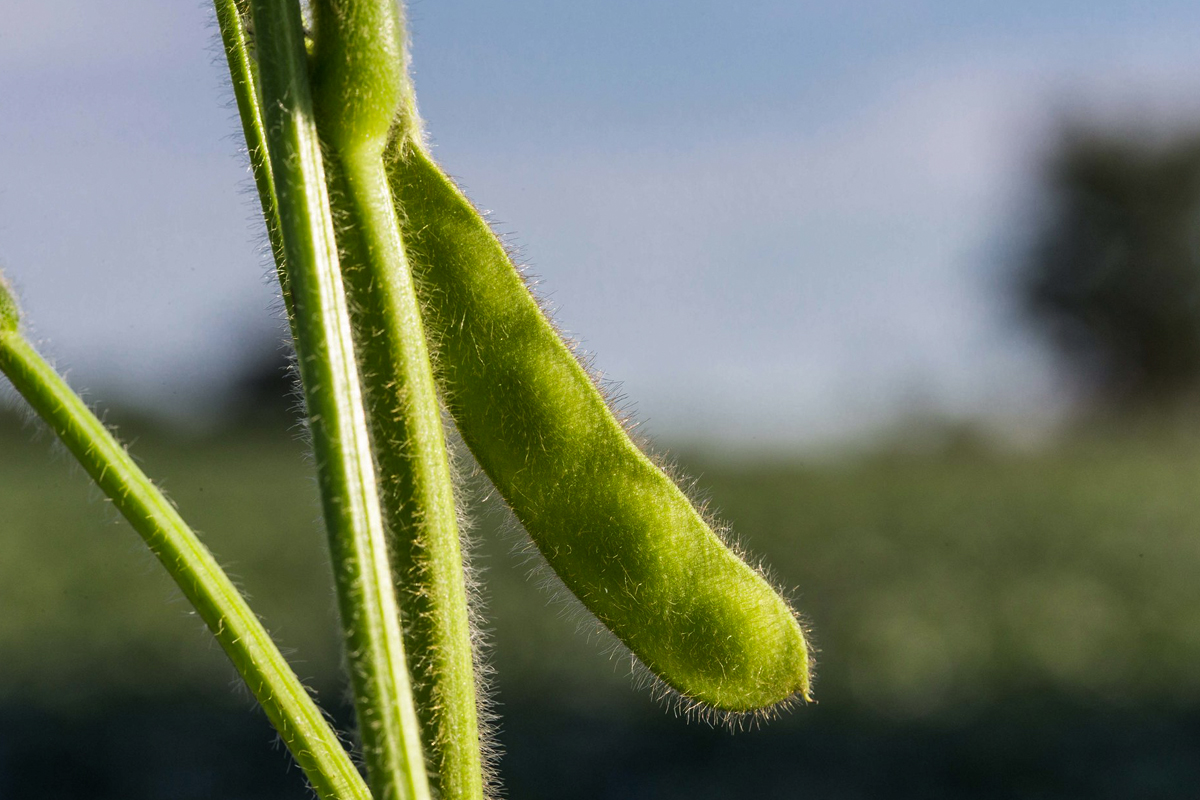Checkoff Encourages Farmers to Take Advantage of High Oleic Soybean Contracts

Soybean farmers can increase farm profitability without lowering yields by adding high oleic soybean varieties to their 2023 seed selection.
ST. LOUIS (Nov. 7, 2022) — Farmers can lock in new premiums by growing high oleic soybeans during the next growing season. Farmers who lock in contracts for 2023 by Dec. 1, 2022, can secure up to a $2.20 bushel premium.
These specialty varieties offer increased functionality for the food sector and industrial applications, which has revolutionized the soybean value chain. Farmers can learn how to secure contracts for high oleic soybean production and the premiums that come with them by visiting unitedsoybean.org. High oleic contracts offer opportunity for additional farm profitability with minimal investment, which makes a difference in today’s economic and market conditions.
“This is a great opportunity for farmers to add value to their land,” said John Motter, United Soybean Board Past Chair and Ohio farmer who started growing high oleic soybeans in 2011. “It’s an attractive way for a farmer to make additional revenue, ensuring reliability to meet customer demand and furthering the reputation of U.S. Soy.”
High oleic soybeans have the same agronomic performance as traditional soybean varieties. They also provide a sustainable U.S.-grown oil product for the food industry and other end-use markets.
“With demand growing rapidly, planting high oleic is an excellent way to increase our bottom line,” said Kevin Wilson, United Soybean Board director and Indiana farmer who started growing high oleic soybeans in 2016. “I don’t do anything differently in the growing season for high oleic soybeans than I do for commodity soybeans, which made the transition very easy.”
With demand for cooking oil that has a desirable fat profile and excellent functionality, the food industry is expanding its use of high oleic soybean oil as an alternative to hydrogenated oils containing trans fats. High oleic soybean acres topped 800,000 in 2022 but are expected to climb to 1.2 million in 2023. Farmers can capitalize on this demand by securing contracts now.
In addition to foodservice, there is demand for high oleic soybean oil in the nonfood sector, including synthetic motor oil, asphalt and other products as a renewable alternative to petroleum.
About United Soybean Board
United Soybean Board’s 78 volunteer farmer-leaders work on behalf of all U.S. soybean farmers to achieve maximum value for their soy checkoff investments. These volunteers create value by investing in research, education and promotion with the vision to deliver sustainable soy solutions to every life, every day across the three priority areas of Infrastructure & Connectivity, Health & Nutrition, and Innovation & Technology. As stipulated in the federal Soybean Promotion, Research and Consumer Information Act, the USDA Agricultural Marketing Service has oversight responsibilities for USB and the soy checkoff. For more information on the United Soybean Board, visit unitedsoybean.org.
###
Contact:
Paul Murphy-Spooner at United Soybean Board, 515.975.6584
